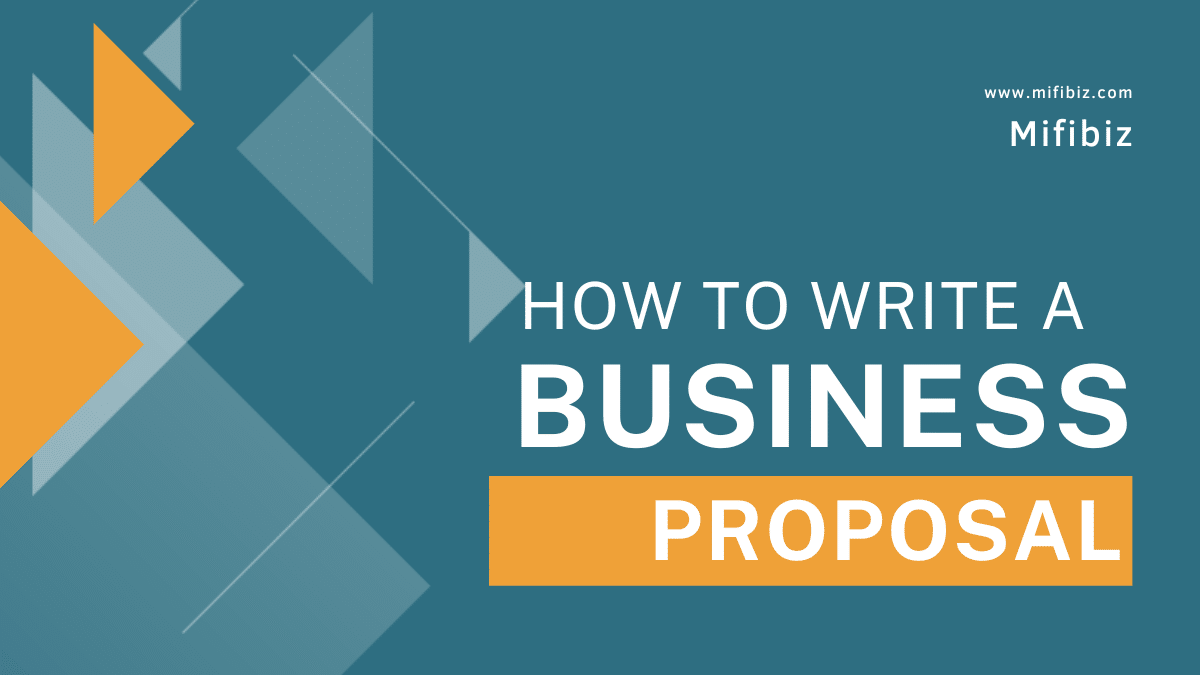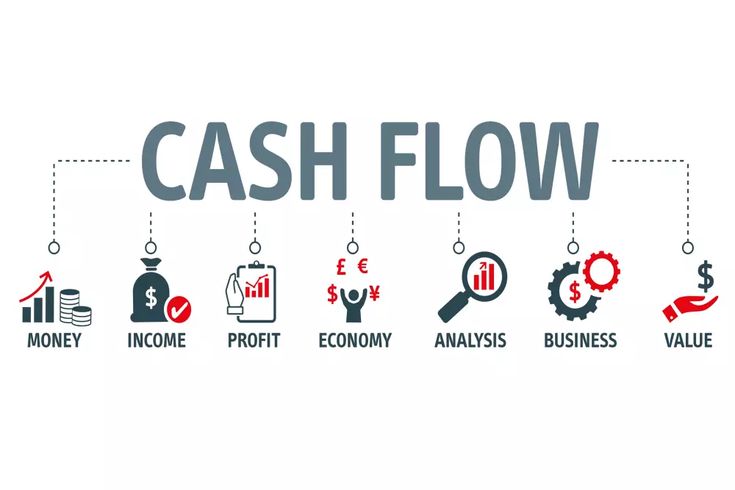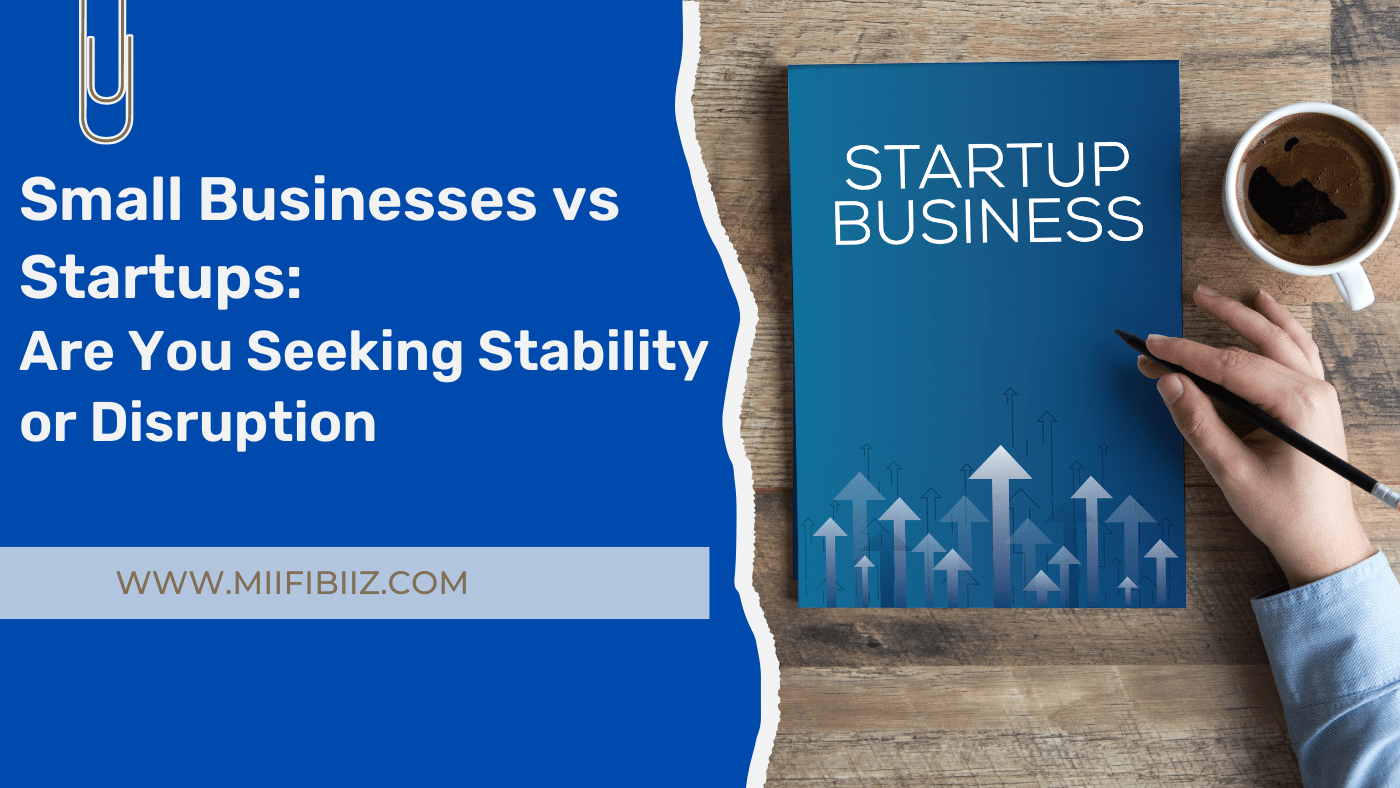Writing a winning business proposal shouldn’t be hard; it requires a step-by-step process. Some people get stuck in the idea stage; however, when a good proposal follows the right element, one can develop a well-written proposal to create a new business. In this article, you will learn the demands of a winning business proposal and how to write a compelling one. Effective for B2B companies. Let’s take a look at what you’ll learn from this content.
What is a business proposal
Every seller’s dream is to warm the heart of a prospective client into considering buying a product or service or investing in a business or an existing business. However, just as psychologists have concluded that the human attention span is half as short, every prospect is a busy executive, so a well-compelled, concise, straight-to-the-point, and captivating offer is how your business proposal should look. If you’re thinking of writing a business proposal soon, or you’ve written one already but want to know if you did great, you might want to stay glued to this content.
First, let’s understand the whole concept of a business proposal; the truth is that some people want to pitch next week, and the project manager suggests a business proposal but doesn’t know how to go about it, so it becomes a bit of concern. A business proposal is a well-documented profile or portfolio that contains information on how successful a business model can be when applied. It is written with a clear objective, with the client as the center. It showcases the client’s possible problem and provides an accurate solution that elevates any possible frustration the client must have had or could possibly have.
However, the component of a business proposal depends on the field of business, company size, and client’s needs. Details are important in this regard, especially when it comes to a company; you have to prove that you have what it takes to execute whatever promise you have highlighted in your proposal. This has to do with your team strengths. Talk about the problem and key in your solution plus benefits.
You should know that you are reaching out (pitching) to busy executives, and as such, everything has to be perfect. I’ll guide you through the “How.” To write a winning business proposal, there are three relevant Ps. Let’s go through them.
Three Ps You Need to Consider When Writing a Business Proposal
Prior to our points, the three Ps you need to consider before writing a proposal are represented as:
P- Problem statement
P-Proposed solution
P-Pricing information
Problem statement:
The stepping stone to getting your client interested in what you want to offer is convincing them that you know and understand their problem. Your proposal should be able to explicitly describe your client’s needs and future expectations. An example of that is making your client picture the possibility of increasing his ROI with a method he hasn’t used before. Let’s see:
“As a company that needs to increase its ROI by 30% in 78 days, leveraging social media marketing’s vast advantage is a win-win in today’s digitalized world, where everything is bought and sold online.
If you’ve been going the local way to 5x your ROI, how about I show you practically how you can leverage 2 powerful social media that fit your company and provide the necessary strategy to up your sales in the next 78 days?
From this illustration, any client will want to consider this offer if this description of the problem resonates with theirs. This is another reason you should do thorough research on your client and company to submit the best proposal.
Read More: 9 Reasons Why No One is Buying from your website (And how to fix them)
Proposed solution
This is where you really prove your credibility by providing facts, statistics, and valid results or an approach to how what you’re proposing will yield results. In fact, this is the part most clients skip, and if you’re not strategic enough, you might lose even after you’ve convinced yourself of writing an incredible proposal.
The main objective of submitting a proposal is to provide a solution to a dying need. This is why this part should be as detailed, practical, and concise as possible. The goal is to exhaust all possible solution strategies and convince your client there and then. Another important point not to miss is stating the duration of the expected result and work in progress. You should be clear on how long each action will take.
Pricing information
This section determines whether they will offer you the contract or not. After going through your proposed solution, the fee summary will motivate them. Writing this part greatly depends on how you present your proposed solution and the period of time it will take. You need to do a fee summary and segment payments to specific milestones in a Fee Schedule List.
To best succeed in getting the right information to write this three Ps section, you will need to do RESEARCH, POSITION AS THE CLIENT, AND THINK OF WHAT WILL BE ABLE TO CONVICE YOU, HIGHLIGHT CERTAIN REASONS WHY YOU SHOULD BE THE RIGHT PERSON FOR THEM.
After analyzing the three Ps you should consider before writing a proposal, let’s look at what your proposal should include.
Read more: The Role of Data Analytics in Marketing: Using Insights to Drive Business Growth
What Should Be Included in Your Business Proposal (Element of Business Proposal)
The following are the elements that make up your proposal. There are:
- The Title page
- Table of content
- Introduction
- Executive summary
- Problem/Project statement
- Methodology
- Team rapport
- Realistic timeline
- Fee Summary
- Terms and condition
How To Write a Winning Business Proposal
- The title page:
Of course, your title page is the first page your client encounters before digging into other details further. Your title page should carry your name or your company’s name.
However, since this is the first thing your client will encounter, it should be able to capture and hold their attention and set the tone for the rest of the content. It is a very important part of your proposal, and it showcases your professionalism and attention to detail. It should be visually appealing.
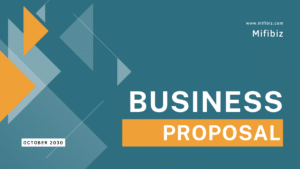
2. Introduction
This section is important for your clients to familiarize themselves with you and your work. Here, you introduce yourself and share information about your experience, talk about your company’s expertise or specialties, recognize your clients’ problems, and briefly convince your client how you plan to solve the problem. Also, answer the question of why you are the right fit for the contract.
The goal of this introduction is to set a pace and ignite their interest in reading your proposal. Don’t overdo it here; rather, use this section to use the right keywords to create a relationship with your client.

3. Table Of Content
Build a table of contents; it is a fundamental part of every winning proposal. It makes it easy for your client to scan through and easily read and deduce important points. Earlier, at the beginning of this content, I mentioned your clients, who are likely busy executives. These people treasure their time as a resource, so you want to manage it with them. How do you do that? By building your table of contents, allowing them to see where it’s important for them to skip to and read and get the message.
For example:
Table of content
- Mistakes in your social media appearance
- Ideal customers
- Cracking the social media code
This table of contents clearly itineraries the important sections about the problem, the ideal audience, and the proposed solution.
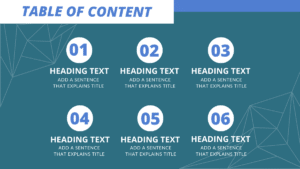
4. Executive Summary:
The goal of this section is to introduce you/your company to your client, provide an overview of your goals, showcase milestones, vision, and future plans, and further include relevant information. Again, this section is where you begin to build rapport and include some social proof. This part should be as concise and clear as nothing. Set it in the right tone so that your prospect will want to continue reading.
Pro tip: Your prospect may not want to read to the end. On that note, write this part in a way that positions yourself or your company well and gives them the reason why they should consider you.

5. Problem/Project Statement:
Your problem/project statement should prove to your prospect that you have done thorough research instead of writing a generic pitch. They should be able to nod their head in agreement or beam their face in content. Steal this opportunity to point out necessary burning issues your prospect has or might not be aware they have. By doing so, you’re making a bold statement with the impression that you have a solution that can solve it. Back up your statement with facts, statistics, and analytics. Make sure you use the right keywords.
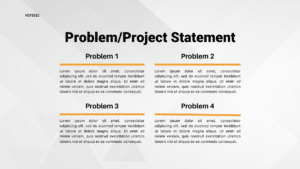
6. Methodology:
After you have clearly recognized the prospect’s needs and pain points, the methodology is where they are most interested in reading. Here, you need to be strategic. You must showcase how to solve these problems without spilling the whole beans. What I mean is that you can then unfold the rest of the solution strategy after the contract is signed. However, this doesn’t mean you should submit a half-baked proposed solution. The important thing in this section is to explain how you can help them achieve results in their project or solve their existing problem.

Outline your strategies in sequence; don’t skip any important steps. Go ahead and digest how your plan will help. Prove to them that you’re the right fit for the job. For this part, leverage bullets for highlights and a flow chart for transparency and clearer insights.
7. Team Rapport (Expertise):
Leverage this section to showcase your best team members’ expertise and how they can help make the project successful. This will build your confidence in your results and enable your prospect to see you as an asset.

8. Realistic Timeline:
To further demonstrate how prepared you are, outline how long each step of your solution will take. Provide the how and when the project will be deliverable. Depending on your project, you can leverage flow charts, roadmaps with deadlines, timeline infographics, or a table form. The goal is to answer every possible question your client might ask you, so make an estimate of everything after rightfully conducting research.
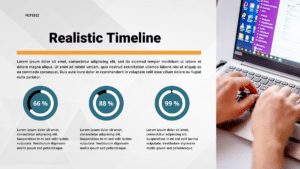
9. Fee Summary
Use this section to estimate fees sequentially for any project. Outline your fees, payment schedule, invoice payment terms, and legal aspects involved in your deal. The key here is to provide your prospect with pricing options using a pricing comparison table. Break up your pricing into stages and packages.
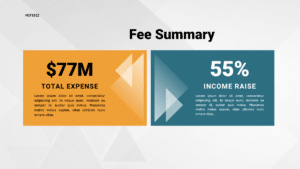
10. Terms And Condition:
This part is important as it outlines all the legal aspects of the deal. It is important that you engage a good lawyer on this to bridge the gap and prove to your audience that you indeed mean business. Whoever falls apart takes whatever charges. Make sure your proposal is clear enough so that your prospect won’t shoot himself in the leg.

11. Receiving Decision:
This section is important because this is where you and your prospect get to put the agreement in print. This area should include your contact information and a section for you and your prospect to sign an agreement with the deal.

Conclusion
Overall, writing a business proposal that can help you seal a deal is the main objective. As such, take note of how you can explicitly write yours, and be sure to include all the necessary information. Take action and start working on your proposal against all odds.
